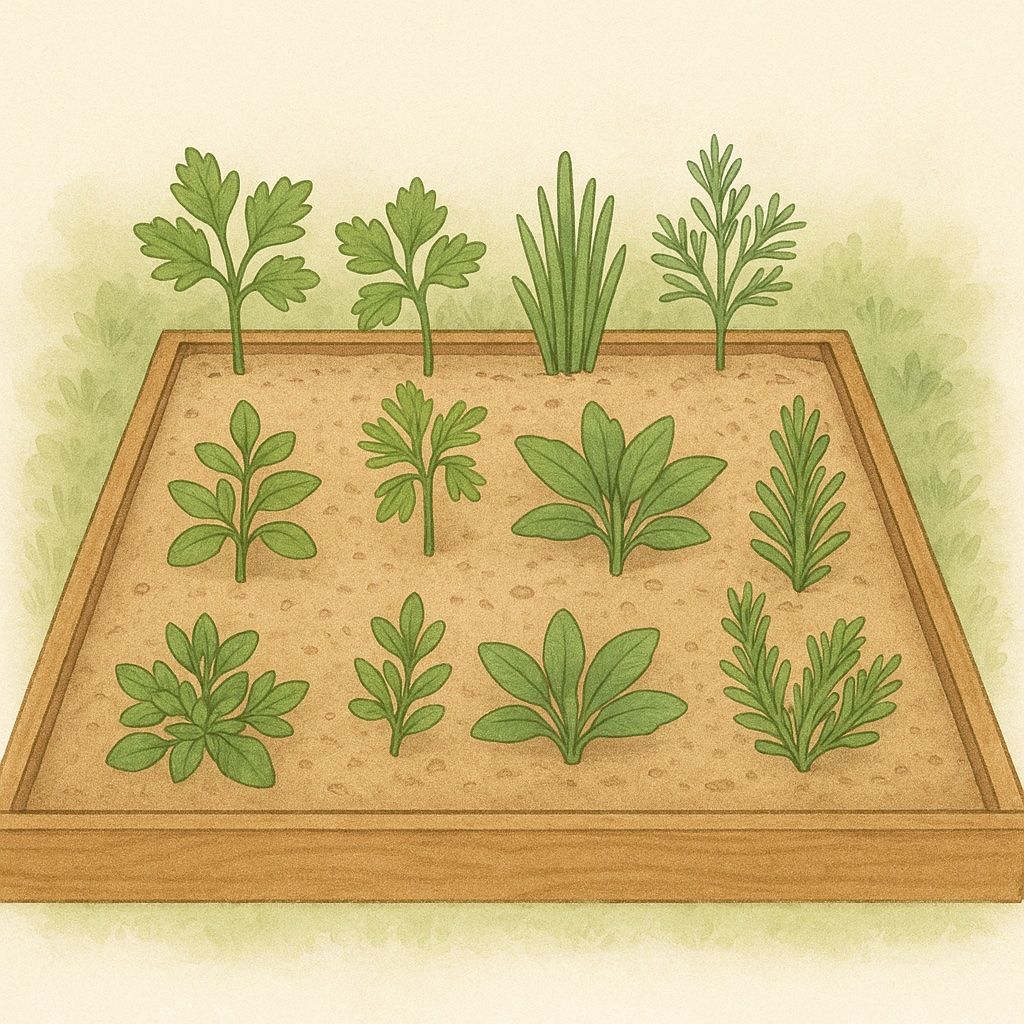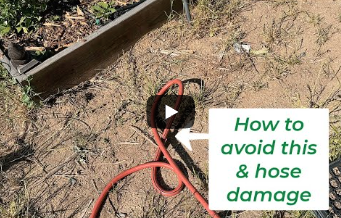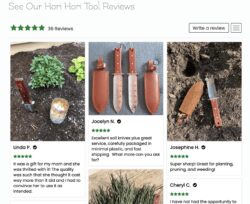Understanding and Fixing Yellow Leaves on Your Tomato Plant
Why are my leaves yellow?
Tomatoes are a staple in many gardens, loved for their versatility and vibrant flavor. However, it’s not uncommon for gardeners to encounter yellow leaves on their tomato plants, which can be a sign of underlying issues. In this post, we’ll explore the common causes of yellow leaves on tomato plants and how to address them effectively.
Common Causes of Yellow Leaves on Tomato Plants
- Nutrient Deficiency
- Nitrogen Deficiency – One of the most common causes of yellowing leaves is a lack of nitrogen. Nitrogen is crucial for healthy leaf growth. Without enough nitrogen, the older leaves on the lower part of the plant turn yellow first.
- Solution – Apply a balanced fertilizer with a higher nitrogen content. Organic options include compost, manure, or a fish emulsion.
- Watering Issues
- Overwatering – Too much water can lead to root rot and nutrient leaching, causing leaves to yellow.
- Underwatering – On the other hand, too little water can stress the plant, leading to yellowing leaves.
- Solution – Maintain consistent watering, ensuring the soil is moist but not waterlogged. Use a soaker hose or drip irrigation for even moisture distribution.
- Pests and Diseases
- Pests – Aphids, whiteflies, and spider mites can cause yellowing leaves as they feed on the plant’s sap.
- Diseases – Fungal infections like early blight or verticillium wilt can lead to yellowing leaves.
- Solution – Regularly inspect your plants for pests and use insecticidal soap or neem oil if necessary. For diseases, remove affected leaves and apply appropriate fungicides.
- Soil pH Imbalance
- Acidic or Alkaline Soil – Tomato plants prefer a slightly acidic soil pH of 6.0 to 6.8. If the soil is too acidic or too alkaline, it can hinder nutrient uptake, causing yellow leaves.
- Solution – Test your soil’s pH and amend it accordingly. Add lime to raise the pH or sulfur to lower it.
- Temperature Stress
- Cold Weather – Tomato plants are sensitive to cold temperatures, which can cause leaves to yellow and drop.
- Heat Stress – Extremely high temperatures can also stress the plant, leading to yellowing leaves.
- Solution – Protect your plants from temperature extremes using row covers or shade cloths during heatwaves. Ensure proper spacing for air circulation.
How to Prevent Yellow Leaves on Tomato Plants
- Regular Feeding – Provide your tomato plants with a balanced fertilizer regularly. Use organic compost to ensure a steady supply of nutrients.
- Consistent Watering – Water your plants deeply and consistently. Mulch around the base of the plants to retain moisture and prevent soil erosion.
- Monitor and Manage Pests – Keep an eye out for pests and take immediate action if you notice any. Regularly clean the area around your plants to prevent pest infestation.
- Soil Health – Conduct soil tests periodically to check pH levels and nutrient content. Amend the soil as needed to maintain optimal growing conditions.
- Climate Control – Use protective measures to shield your plants from extreme weather conditions. Ensure good airflow and avoid overcrowding to reduce the risk of diseases.
Conclusion
Yellow leaves on tomato plants can be a sign of various issues, from nutrient deficiencies to pest infestations. By understanding the common causes and taking proactive measures, you can ensure your tomato plants remain healthy and productive. Regular monitoring, proper feeding, and maintaining ideal growing conditions are key to preventing and addressing yellow leaves.
For more gardening tips and expert advice, visit The Celtic Farm and explore our collection of unique gardening tools and accessories to help you grow the best garden ever.
FAQs
Q: Can yellow leaves turn green again?
- Once a leaf turns yellow due to nutrient deficiency, it usually doesn’t turn green again. However, new growth should be healthy if the underlying issue is resolved.
Q: Should I remove yellow leaves from my tomato plant?
- Yes, it’s a good idea to remove yellow leaves to prevent the spread of disease and improve air circulation around the plant.
Q: How often should I water my tomato plants?
- Water your tomato plants deeply once or twice a week, depending on the weather and soil conditions. Ensure the soil remains consistently moist but not waterlogged.
More From Our Master Gardener
Recent Posts

When and How to Dig Up Dahlias – The Best Time, Storage, and Overwintering Guide for 2025 Blooms

When and How to Dig Up Peonies – A Step-by-Step Guide for Vibrant Blooms

Best Herbs to Plant in October 2025 – Fall Herb Gardening in Raised Beds Made Easy

The Bee Underground – Meet the Solitary Bees Living Beneath the Soil

Sweet Peas Growing Guide















